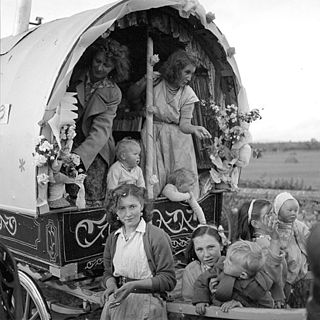
Irish Travellers, also known as Pavees or Mincéirs, are a traditionally peripatetic indigenous ethno-cultural group originating in Ireland.

Imogen Stuart was a German-Irish sculptor, influenced by 19th-century Expressionism and early Irish Christian art. She mainly produced wood and stone for settings for churches but also created many secular works, and was exhibited internationally.
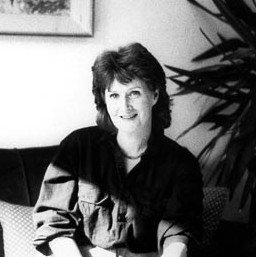
Eavan Aisling Boland was an Irish poet, author, and professor. She was a professor at Stanford University, where she had taught from 1996. Her work deals with the Irish national identity, and the role of women in Irish history. A number of poems from Boland's poetry career are studied by Irish students who take the Leaving Certificate. She was a recipient of the Lannan Literary Award for Poetry.
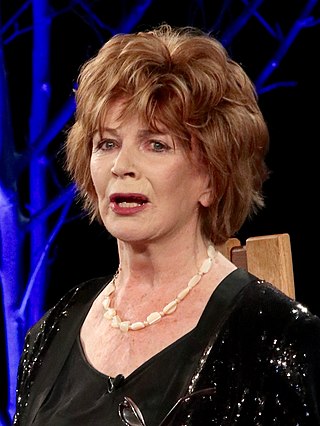
Josephine Edna O'Brien was an Irish novelist, memoirist, playwright, poet and short-story writer.
Events in the year 1967 in Ireland.
Timothy Brendan Kennelly, usually known as Brendan Kennelly, was an Irish poet and novelist. He was Professor of Modern Literature at Trinity College Dublin until 2005. Following his retirement he was a Professor Emeritus at Trinity College.
Olivia O'Leary is an Irish journalist, writer and current affairs presenter.
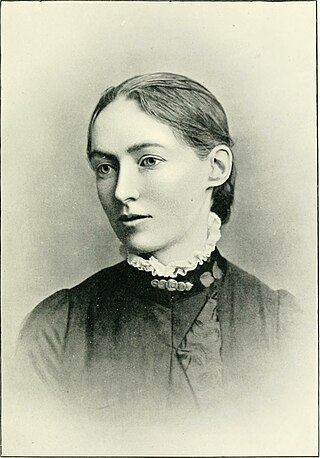
Jane Barlow was an Irish writer, noted for her novels and poems describing the lives of the Irish peasantry, chiefly about Lisconnel and Ballyhoy, in relation to both landlords and the Great Famine.
Mary Morrissy is an Irish novelist and short story writer. She writes on art, fiction, and history. Morrissy is an elected member of Aosdána, Ireland's academy of artists and writers.
Rachael English is an Irish broadcaster and writer. Known for presenting Five Seven Live for six years, English has also presented other radio shows, such as RTÉ News at One, Today with Pat Kenny, The Marian Finucane Show and The Late Debate as well as a permanent presenter of Morning Ireland and Saturday View.
Sven Paul Berlin was an English painter, writer and sculptor. He is now best known for his controversial fictionalised autobiography The Dark Monarch, which was withdrawn just days after publication in 1962 following legal action. The book became the theme of an exhibition in Tate St Ives in autumn 2009 when it was re-published.
Andy O'Mahony is an Irish broadcast journalist who worked for RTÉ from 1961 to 2013. He was one of the network's first television news anchors, and thereafter was a radio and television host of various long-running series. He also made radio and television programmes for BBC between 1977 and 1988, including a number of television arts documentaries for BBC Two.

Róisín Mullins is a TV presenter, TV talent show judge, professional Irish dancer, singer, stage show owner and choreographer.
Tramp Press is a publishing company founded in Dublin in 2014 by Lisa Coen and Sarah Davis-Goff. It is an independent publisher that specialises in Irish fiction. The company is named after John Millington Synge's tramp, a reference to the bold outsider.
Events during the year 2016 in Ireland.
Belinda McKeon is an Irish writer. She is the author of two novels, Solace, which won the 2011 Geoffrey Faber Memorial Prize, and Tender (2015).

Eithne Strong was a bilingual Irish poet and writer who wrote in both Irish and English. Her first poems in Irish were published in Combhar and An Glor 1943–44 under the name Eithne Ni Chonaill. She was a founder member of the Runa Press whose early Chapbooks featured artwork by among others Jack B. Yeats, Sean Keating, Sean O'Sullivan, Harry Kernoff among others. The press was noted for the publication in 1943 of Marrowbone Lane by Robert Collis which depicts the fierce fighting that took place during the Easter Rising of 1916.
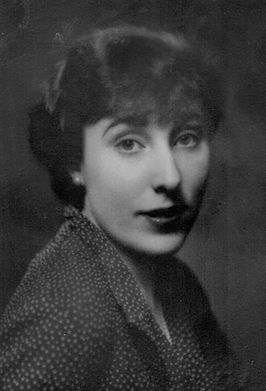
Mary Manning Howe Adams was an Irish novelist, playwright and film critic.
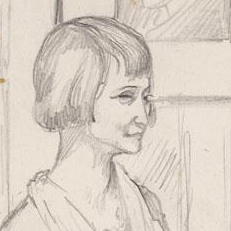
Daisy "Toto" Bannard Cogley was a French-born Irish theatre actress, director, producer and designer. A socialist, she was active in the Irish War of Independence from 1917, and was interned during the Irish Civil War. She was an active figure on Dublin's theatrical scene for decades, as well as in Wexford and for a time London, launching multiple theatre and cabaret studios, and she was a co-founder of one of Dublin's main theatres, the Gate, of which she remained a director from 1928 to her death.









